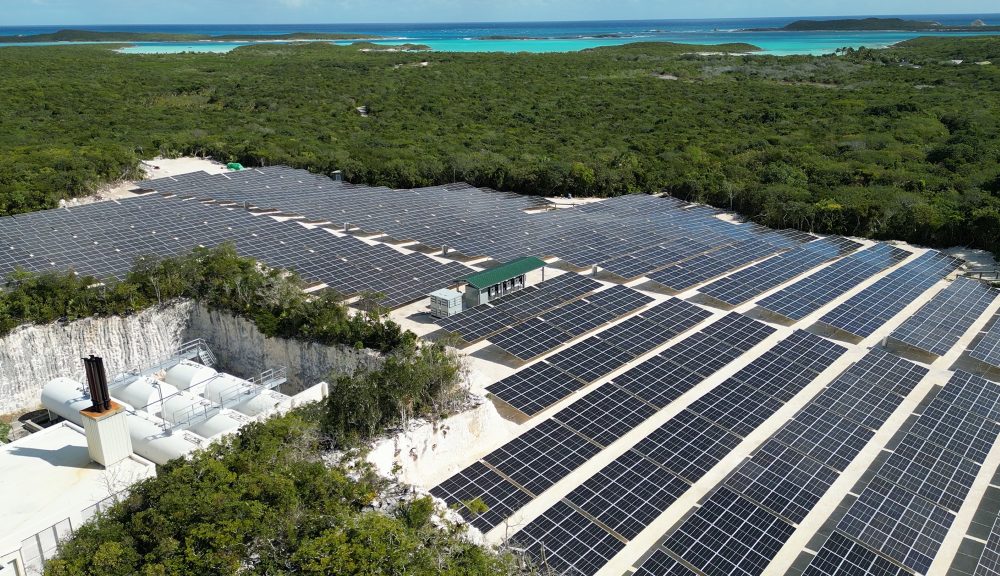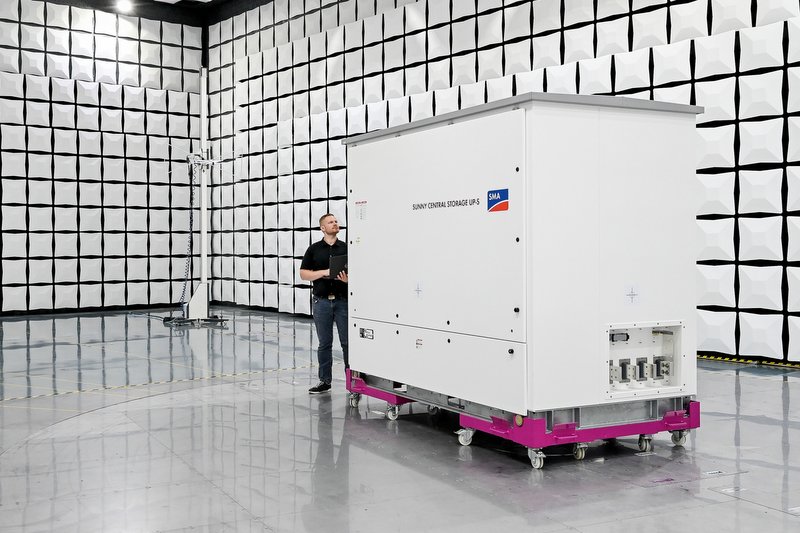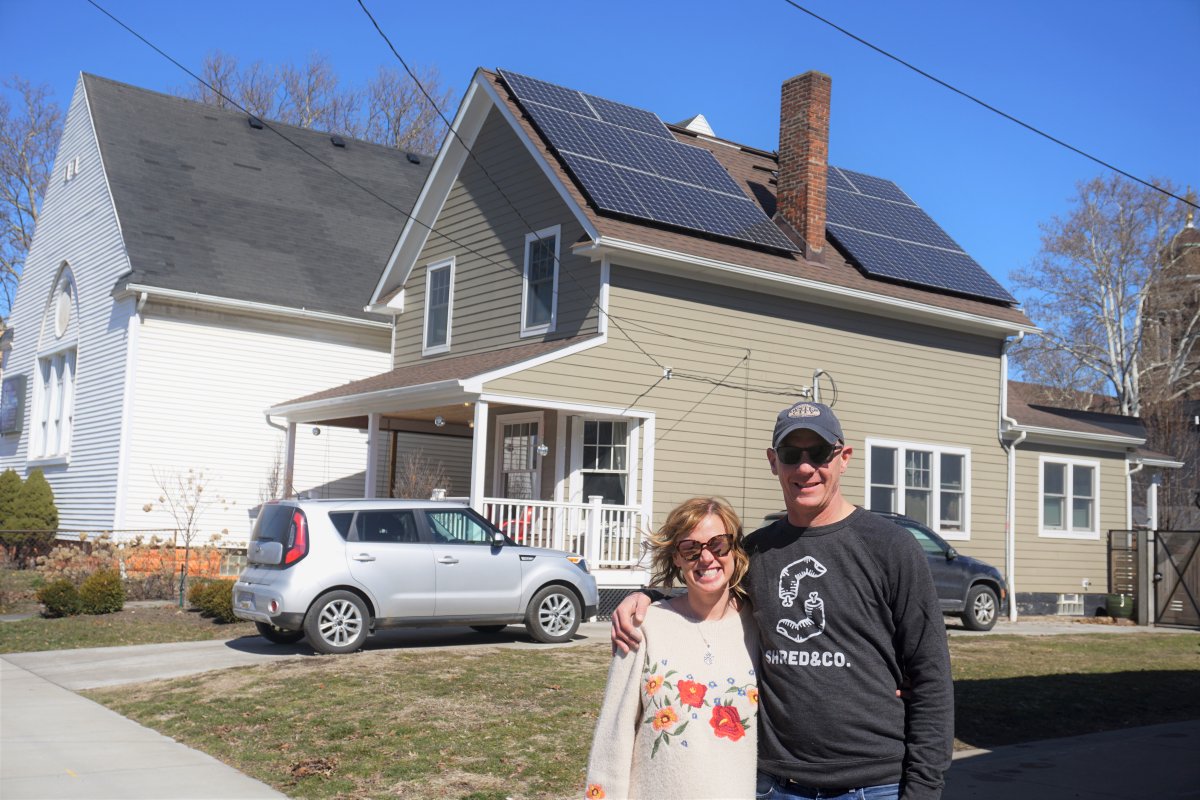Renewable energy jobs grew 3x faster than rest of U.S. workforce in 2024

Renewable energy jobs grew more than three times faster than the rest of the U.S. economy in 2024. However, future growth could be in jeopardy, according to the 10th annual Clean Jobs America report released by E2.
The report showed that the renewable energy sector added almost 100,000 new jobs, bringing the total number of renewable energy workers in the United States to 3.56 million. However, policy uncertainty and an overall slowing of job and economic growth in 2024 led to the growth in renewable energy jobs dropping to its slowest pace since 2020, adding about 50,000 fewer jobs than in 2023.
Still, jobs in solar, wind, batteries, energy efficiency, storage and grid and other clean energy subsectors continued to grow faster than the broader economy, and make up an increasingly larger share of the overall U.S. workforce. More than 7% of all new jobs added in the United States and 82% of all new energy jobs added last year were in renewable energy occupations.
E2’s 10th annual Clean Jobs America report comes as the clean energy industry is reeling from recent federal policy decisions to kill projects, revoke tax credits, cancel permits and add new regulatory red tape and legal hurdles aimed at hobbling solar, wind, electric vehicles and other industries. These federal policy assaults come even as the U.S. Bureau of Labor Statistics says the fastest-growing occupations in America are wind turbine service technicians and solar photovoltaic installers.
Though not reflected in the 2024 data, recent policy actions by congress and the Trump administration have already resulted in major job losses in the industry, with more expected to come. According to separate E2 research, since January 2025 companies canceled more than $22 billion planned clean energy related factories and other projects that were expected to create 16,500 new jobs. Analysis by other organizations estimate more than 830,000 jobs could be lost just because of the energy policy rollbacks in President Trump’s One Big Beautiful Bill Act, signed into law on July 4.
“What these numbers show is that this was one of the hottest and most promising job sectors in the country at the end of 2024,” said Bob Keefe, E2’s executive director. “Now, clean energy job growth is at serious risk – and with it, our overall economy,”
According to E2’s report, clean energy jobs now account for 42% of all energy jobs in America and 2.3% of the overall national workforce. More people now work in clean energy related occupations than work as nurses, cashiers, waiters and waitresses, or preschool, elementary, and middle school teachers.
More than 520,000 jobs have now been added by the clean energy and clean vehicle sectors over the last five years, an increase of 17% — far exceeding employment gains in fossil fuels, gas and diesel motor vehicles, and the overall U.S. economy.
While the sector added the fewest jobs since the pandemic-fueled unemployment crisis, clean energy still grew more than three times faster than the rest of the U.S. workforce (2.8% vs. 0.8%) amid an economy-wide slowdown in hiring and rising policy uncertainty. Over the last five years, clean energy companies have added jobs 60% faster than the rest of the economy.
“Every year, clean energy jobs become more intertwined and critical to our overall economy,” said Michael Timberlake, director of research and publications for E2. “These jobs are now a vital anchor of America’s energy workforce. The strength of the U.S. job market and the future of our energy economy are now inseparable from the growth of clean energy.”
Energy efficiency remains the top sector for U.S. clean energy jobs, employing nearly 2.4 million workers nationwide after adding 91,000 jobs in 2024. That’s followed by renewable generation (569,000 overall, +9,000 in 2024) and clean vehicles (398,000 overall, -12,000 in 2024). Despite an industry-wide decline across all motor vehicle sectors in 2024, clean vehicle jobs have grown 52% since 2020, adding 137,000 jobs.
Sector Jobs 2024 Growth 2024 Jobs Added Jobs Added Since 2024 Renewable Gen. 569,309 3.9% 9,338 76,418 Storage / Grid 168,042 4.2% 6,831 30,107 Energy Efficiency 2,381,744 1.9% 91,567 274,572 Biofuels 41,920 3.3% 508 4,884 Clean Vehicles 398,033 -3.0% -12,387 136,780 TOTAL 3,559,050 2.8% 95,697 522,824
Over the past five years, no region added more clean energy jobs and at a faster rate than the South — now home to more than 1 million clean energy workers. From Texas to Virginia, Southern states added 41,000 clean energy jobs in 2024. Western and Northeastern states added more than 20,000 jobs respectively. The Midwest added more than 13,000 jobs. See a detailed regional breakdown in the full report.
At the state level, clean energy continues to drive economic prosperity. Twenty-three states are home to at least 50,000 clean energy jobs and just eight states have more workers employed by fossil fuels than clean energy.
Seventeen states have seen their clean energy workforces jump at least 20% in the last five years. See table below for more detail.
Top 10 States
(fastest-growth since 2020)Top 10 States
(total jobs)Oklahoma +27.5% California 552,326 New Mexico +27.1% Texas 281,509 Texas +26.5% Florida 183,951 New Jersey +25.0% New York 179,968 Idaho +24.8% Illinois 132,239 Kentucky +23.8% Michigan 127,771 Louisiana +23.5% Massachusetts 126,611 Florida +23.3% Ohio 121,097 Alabama +21.9% North Carolina 113,052 Tennessee +21.7% Pennsylvania 104,499
Methodology
This analysis of U.S. clean energy employment is based on employment data collected and analyzed by the BW Research Partnership for the 2025 U.S. Energy and Employment Report (USEER). The USEER analyzes data from the U.S. Bureau of Labor Statistics (BLS) Quarterly Census of Employment and Wages (QCEW) to track employment across many energy production, transmission and distribution subsectors. In addition, the 2025 USEER relies on a unique supplemental survey of 42,800 business representatives across the United States. Created and conducted by BW Research, the methodology has been approved by the Office of Management and Budget (OMB) and U.S. Department of Energy (DOE). This survey is used to identify energy-related employment within key subsectors of the broader industries as classified by the BLS and to assign them into their component energy and energy efficiency sectors.
A full methodology on the sectors and types of jobs this analysis includes and does not include is available in the report here.





Comments are closed here.